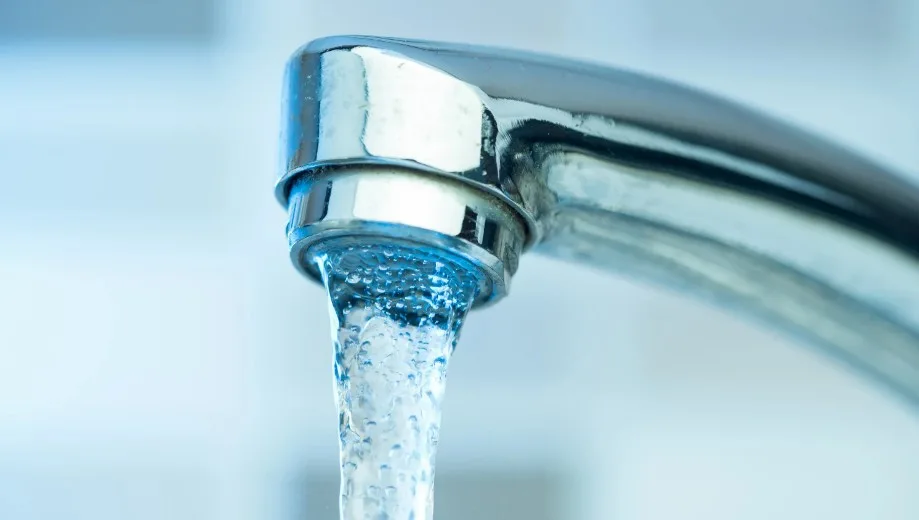In our ever-evolving world, the whispering winds of change bring forth a tempest of environmental shifts, dramatically altering the landscape of our planet’s water supply. The story of our time is one of extremes – where parched lands thirst for a drop of relief, while others are submerged under the deluge of unexpected floods. This narrative delves into the heart of how climate change, with its entourage of droughts and downpours, impacts our precious water resources, and explores innovative solutions like reverse osmosis water filters that stand as beacons of hope in these turbulent times.
The Dichotomy of Extremes
As the globe warms, the delicate balance of our climate system teeters, leading to a stark dichotomy of water availability. On one end, droughts extend their dry grasp across vast expanses, turning once-verdant landscapes into barren wastelands. On the other, intense downpours unleash floods, overwhelming rivers and lakes, and encroaching upon our communities and farmlands.
The Scourge of Drought
Droughts, a silent specter, creep upon us, slowly draining life and vitality from the land. Their impact is profound, decimating crops, depleting water sources, and sparking wildfires that ravage ecosystems. The root of this menace lies in shifting weather patterns and decreased precipitation, a direct consequence of climate change’s intricate dance.
The Fury of Floods
Conversely, the increased atmospheric temperature boosts the air’s capacity to hold moisture, leading to more frequent and severe downpours. These sudden deluges overwhelm drainage systems, causing rivers to breach their banks and floods to inundate communities, destroying homes and contaminating freshwater supplies.
A Beacon in the Storm: The Role of Innovation
In facing these challenges, humanity’s ingenuity shines brightly, offering solutions that mitigate the impacts of climate change on our water supply. Among these innovations, reverse osmosis water filters emerge as a vital tool, providing safe, purified drinking water even when sources become compromised.
Pioneering Water Purification
Reverse osmosis water filters represent a technological triumph, capable of removing contaminants and pathogens from water, making it safe for consumption. This technology is especially crucial in areas affected by floods, where water sources are often polluted with runoff and debris, posing significant health risks.
Adapting to the New Normal
As we navigate through the turbulent waters of climate change, adaptation becomes our compass, guiding us towards sustainability and resilience. By understanding the changing dynamics of water availability, we can implement strategies that ensure a secure water supply for generations to come.
Sustainable Water Management
Embracing sustainable water management practices is imperative. This includes improving water use efficiency in agriculture, promoting rainwater harvesting, and investing in infrastructure that can withstand extreme weather events. Such measures not only conserve precious water resources but also buffer communities against the impacts of droughts and floods.
Climate-Resilient Infrastructure
Building climate-resilient infrastructure, such as flood defenses and drought-resistant water supply systems, prepares our communities for the extremes. Innovations in water storage and distribution, including the use of smart technology to monitor and manage water systems, are vital components of this adaptive strategy.
Fostering Global Collaboration
The fight against climate change and its impact on water supply is a battle that knows no borders. It demands a unified response, where nations, communities, and individuals collaborate to share knowledge, resources, and solutions.
International Cooperation
Global cooperation is crucial in addressing the root causes of climate change and in mitigating its impacts on water supply. Through international agreements and collaborative projects, countries can work together to reduce greenhouse gas emissions and implement adaptation strategies that safeguard water resources.
Community Engagement and Education
Engaging communities and raising awareness about the importance of water conservation and climate resilience empowers individuals to take action. Educational programs that highlight the interconnectedness of climate change, water supply, and human activity can inspire sustainable practices at the local level.
The journey through the changing climate landscape is fraught with challenges, but it is also marked by opportunities for innovation, adaptation, and collaboration. As we face the extremes of droughts and downpours, our collective resolve to safeguard our water supply becomes ever more crucial. Through technologies like reverse osmosis water filters, sustainable water management practices, and global cooperation, we can navigate these turbulent waters, ensuring a future where both our planet and its people thrive. In this era of climate change, let us stand united in our efforts to turn the tide, championing solutions that illuminate the path to resilience and sustainability.





